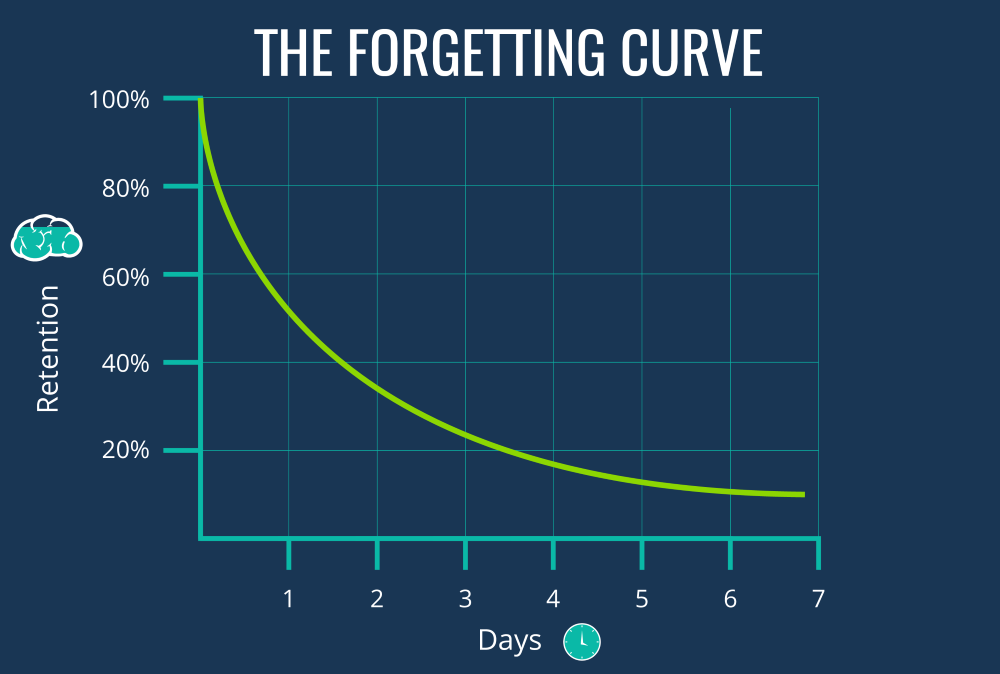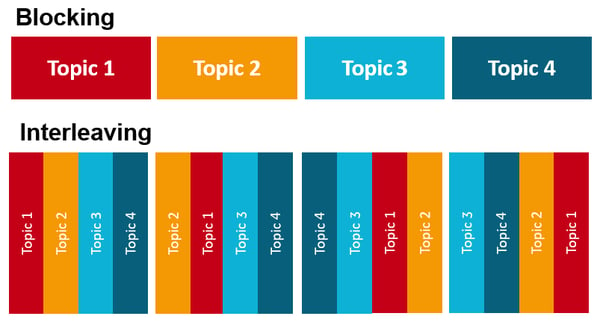In these very strange times, we all have an opportunity to really reflect upon our curriculum and teaching. We are doing things we havent done before and we are learning at an exponetial rate! (Technology has always been a fear of mine). This has provided me with a great opportunity to really take the time to not only look, but really unpick my curriculum as well as have meaningful conversations with colleagues about unpicking theirs so it can make the most impact. The points that I found myself making over and over again were about learning- how can I get this knowledge to ‘stick’?, where can I refer back to prior learning? This lead me back to re-reading one of my favourite books.
‘Make it stick- the science of successful learning’ by Brown, Roediger and McDaniel (2014) is a great book and every time that I read it I find myself asking the questions about curriculum design and teaching sequence but also how to successfully apply the strategies to revision around what we know about memory – so that what they are taught, “sticks”. Over the last 12 weeks I have attended many different forms of CPD- virtual teachmeets lead by Seneca, Research Ed, Womens Ed, webinars, Voice 21 and although I have learned and had confirmed that lots of the strategies that we are embedding within our school are aligning with the developments in cognitive science it still leaves me questioning- have I got this right? Am I revisiting it enough? Am I grasping the opportunities to make links between phenomena? This leads me right back, every time to interleaving and spaced practice.
We have all been in a situation where as the teacher we have asked a question, the students write an answer (that they heard 3 minutes ago), we then pat ourselves on the back, congratulate the class on ‘learning it’ and move on. The bigger question here is – would the students be able to recall the answer in a week, two or three or even the next year? Probably not. So can we confidently say that they have learned it? Almost certainly not. So is it safe to move on from that topic and not return to it for a year or so? Definitely not! This shows that students can perform well in a lesson- but learning and retrieval of said learning is the long game and takes practice and should take priority.
‘The forgetting curve’ by Ebbinghaus shows if learning is not reviewed, retention decreases.

However, with regular review, the ‘forgetting time’ gets longer – so going back over the key information will make it easier to remember and develop memory. This is what we need to factor in to both teaching and revision.

Research suggests that we should approach the students learning and revision with 2 main factors in mind, spaced and interleaved practice.
Spaced retrieval practice
- Highly condensed information is repeated more than once.
- Regular low-stakes quizzing (retrieval practice), leaving greater gaps as students improve. The scores for these tests are not important. What’s important is the act or retrieval – that’s what seems to have an impact on retention.
- “Anything you want to remember must be periodically recalled from memory.”
- Continue to return to important content and aspects students do not understand.
- Avoid a ‘practice, practice, practice’ regime on one specific topic- mix it up! Encourage the links if the students are ready for it
- Retrieval is best when it’s effortful, when some forgetting has set in- these are called desirable difficulties. Attacking these concepts are the most difficult yet will more likely be embedded in learning.
- Be wary of intuition – it may seem that we are getting better yet we fail to see how quickly these gains fade. (Illusions of fluency)
- Every lesson, homework or revision session can start with a quick quiz on what students did last lesson, last week and last month.
- But just remember that retrieval activities can happen during any aspect of learning.
- Useful to retrieve knowledge that will support the learning of that lesson and make conceptual links.
Here is the powerpoint link on retrieval practice that I delivered for @BrewEdCleethorpes and @SenecaLearn
Strategies for knowledge retrieval
Interleaving
Interleaving is a process where students mix, or interleave, multiple subjects or topics while they study in order to improve their learning. It is important to remember that effortful studying produces better long-term results.
- Switching between topics and not spending long amounts of time on said topic. It encourages students to go over ideas again in different orders to strengthen their understanding whilst making links between the topics covered.
- This could be topics within the same area of study to really drive conceptual links.
- Don’t switch topics too often. Knowledge and understanding is important.
- Interleaving may actually feel more taxing for the student than studying the same thing for a long time, but I believe it will have a greater impact on the students learning.
- However, this is a big shift and we must take into account that both learners and teachers often do not feel like it is working. Even after taking part in studies, many say that they prefer massed practice.
- This can be used as a model for supporting students in revision- but must be introduced much earlier than year 11.
- Designing a curriculum in a way where it spirals back to prior learning is a useful tool for leaders with their department to really map out where effective interleaving can take place.

Conclusion
Building in interleaving and spaced practice is no easy feat, however the gains to students learning are certainly worth the restructuring and I believe will save you time in the long run as it enables both the teacher and the students to address areas that students find difficult much sooner rather than leaving it until year 11. I feel that the best way to do this is as part of a team (which may be quite tricky right now) where you have meaningful discussions around the order of teaching and how you will make links to previous content and across disciplines such as in science or even across the curriculum as a whole. We have an opportunity and the ‘gift of time’ (even though I am working longer hours that ever before) to really commit to this and get it right!
Recommended reading list:
Brown. C, Roediger, H and McDaniel M (2014) “Make it stick- The science of successful learning.” The Belknap press of Harvard University
Murre.J and Dros.J (2015) “Replication and Analysis of Ebbinghaus’ Forgetting Curve” website: http://journals.plos.org/plosone/article?id=10.1371/journal.pone.0120644
Rohrer, D. (2012). “Interleaving helps students distinguish among similar concepts.” Educational Psychology Review, 24, 355-367
Mrs S